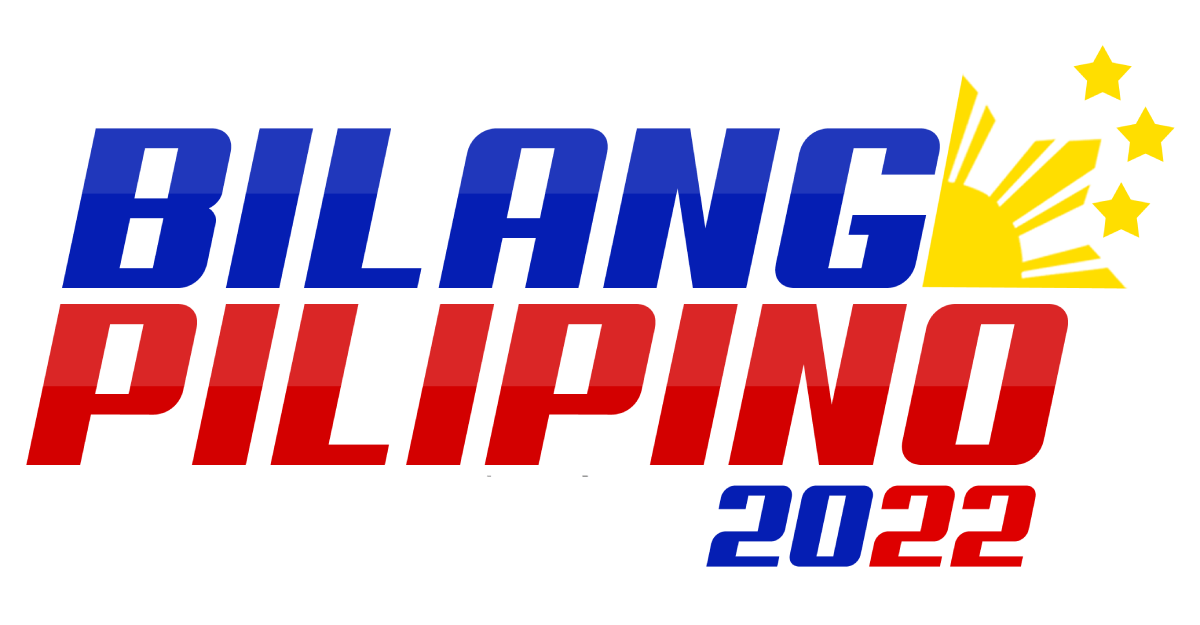FACT CHECK: Did Cory Aquino allow the Marcoses to flee to the US in 1986?

During a speech in Davao City, senatorial aspirant Luke Espiritu took a swipe at the Marcoses and the Aquinos, claiming it was former president Cory Aquino's fault that the family of the late dictator and ex-president Ferdinand Marcos are still able to get into positions of power.
The candidate said Aquino supposedly allowed the dictator and his family to flee the country in 1986 instead of bringing them to justice. But this portrayal needs more context and nuance.
Pinayagan ni Cory ang pagpapaalis ng Marcos ng family ng walang accountability at walang rebolusyonaryong paglilitis. This was done in coordination with the United States government led by Ronald Reagan, who sought a peaceful transition after the People Power Revolution. https://t.co/hbPsr1FFEj
— Luke Espiritu (@LukeEspirituPH) March 15, 2022
Fleeing the Philippines
With the People Power Revolution ongoing, a close friend of former US President Ronald Reagan, Sen. Paul Laxalt, told the embattled dictator in a phone call that it was time to "cut and cut cleanly," which meant he should flee the country instead of fighting off the rebellion.
According to reports and Raegan's memoir, Marcos would leave Malacañang on Feb. 25 for Clark Air Base on a helicopter. This was the same day that Marcos staged a rival inauguration in Malacañang to coincide with the scheduled swearing in of Aquino in Quezon City.

He had requested to return to his home in Laoag, Ilocos Norte, which Aquino—the president recognized by military leaders at the time—rejected.
Reagan, who felt badly for the Marcoses, told the ousted president that the US could offer "no protection against the wrath of the Philippine people as long as he remained in the country."

Previously, then-Secretary of State George Shultz also said that the former dictator could find a "safe haven" in the United States if he wished.
Request for security
During that time, people were baying for Marcos' head and violence was feared to erupt if the indignant public got close to the ailing dictator. In the book The Quarter of the Tiger Moon by Nick Joaquin, writing as Quijano de Manila, Marcos was also reported to have called defense minister Juan Ponce Enrile, who had launched a coup with other personnel from the Armed Forces, for his help. During the phone call, Marcos reportedly asked Enrile to contact then US Ambassador Stephen Bosworth to provide the Marcos family "with a security escort."
The United States during that time also made clear to Marcos that they could offer no protection if he persisted in his wish to stay in the Philippines.
“The United States would offer no protection against the wrath of the Philippine people as long as he remained in the country. Marcos and Imelda then accepted transport by the U.S. Air Force to Hawaii,” wrote H.W. Brands in the biography Reagan: The Life of then U.S president Ronald Reagan.
Alluding to the outbreak of violence, Marcos said before he left Malacañang that his reason for leaving is that he didn’t wish to “shed Filipino blood.”
"And blood is surely what would have been shed if he had been flown to Ilocandia. Yet again and again we now hear that Mr. Marcos never wanted to flee these shores and was unwittingly flown to where he had no desire to be. Mr. Marcos doth protest too much," Nick Joaquin wrote.
Nick Joaquin surmised that Enrile's conversation with Marcos prevailed over his unwavering desire to latch on to power up to the very end: "Yes, he did want to hang on, defying Cory and Doy, and Enrile and Ramos, and Reagan and the international community, but common sense was at last knocked into him by what Enrile seems to have drilled into him: 'Mr. Marcos, you have no options.'"
Marcos and his family would then accept the country's offer of transport to Hawaii via the US Air Force.
The former dictator would die in Hawaii on Sept. 28, 1989.
Return and resurgence
While there aren't accounts on Aquino barring the Marcoses from leaving the country, the exiled family was allowed to return to the Philippines in 1991 to face various charges, including tax fraud. During the dictator's 20-year regime, the family would embezzle $10 billion from the Philippine government.
With no laws passed against members of the clan running for office, namesake Ferdinand "Bongbong" Marcos, Jr., among the first to return to the country, sought political office in Ilocos.

Imelda also got back into politics, running for president in 1992 and 1998, and losing in both instances. She was elected as congresswoman from 2010 to 2019.
Meanwhile, the couple's eldest daughter Imee is currently serving as a senator since 2019.
Thirty-six years after his father was ousted from Malacañang, Marcos Jr. is now eyeing a return in the upcoming May 2022 presidential elections.
